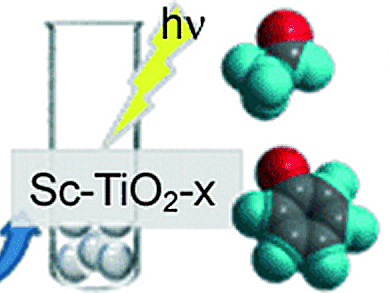The photocatalytic degradation of organic pollutants in water and air promoted by large-band-gap semiconductors is a well known route for environmental remediation. Titania(-based) semiconductors are the most widely studied and commercially used heterogeneous photocatalysts. The photocatalytic efficiency depends on the crystallographic phases present, particle size, and surface area. Several efforts to increase surface area by dispersing titania nanoparticles onto highly porous materials have been made. Silica is one of the more popular supports.
Johan A. Martens, Centre for Surface Chemistry and Catalysis, Catholic University of Leuven, Heverlee, Belgium, and colleagues report the synthesis of a series of high-surface-area titania/silica composites prepared by a novel route. It is based on the condensation of metal alkoxides in supercritical carbon dioxide (scCO2) and uses formic acid as catalyst.
The composites are evaluated in the photocatalytic degradation of phenol in aqueous medium, and in the elimination of acetaldehyde from air. The highest photocatalytic activity in both processes is achieved with a composite containing 40 wt % TiO2.
The synthetic methodology is attractive, also in view of a possible scale-up. The catalyst can be easily recovered and recycled in consecutive catalytic runs, without loss of activity.
- A Non-Aqueous Synthesis of TiO2/SiO2 Composites in Supercritical CO2 for the Photodegradation of Pollutants,
Jasper Jammaer, Carmela Aprile, Sammy W. Verbruggen, Silvia Lenaerts, Paolo P. Pescarmona, Johan A. Martens,
ChemSusChem 2011.
DOI: 10.1002/cssc.201100059




